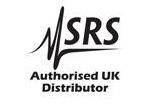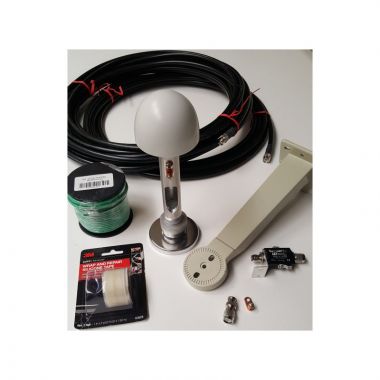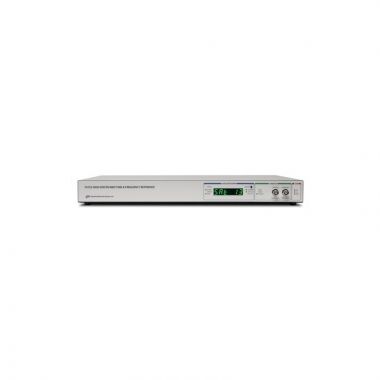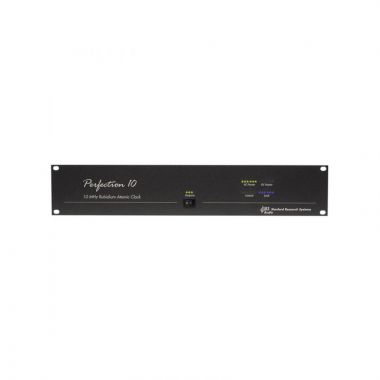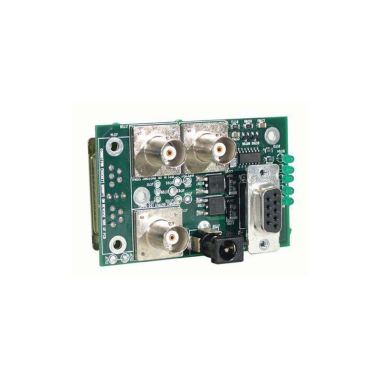SRS FS725 Benchtop Rubidium Frequency Standard
- 10 MHz and 5 MHz rubidium disciplined outputs
- 20 year aging less than 0.005 ppm
- Ultra low phase noise (-130 dBc/Hz at 10 Hz offset)
- Built-in distribution amplifiers (up to 22 outputs)
- 1 pps input and output for GPS synchronization
- RS-232 computer interface
- Two status alarm relays
Lambda Exclusive Promotion:
Additional 12 months warranty for free (2 years total) via our UK Service Centre.
The Stanford Research Systems FS725 integrates a rubidium oscillator (SRS model PRS10), a low noise universal AC power supply, and distribution amplifiers in a compact half-width 2U chassis. It provides stable and reliable performance, with an estimated 20 year aging of less than 5 x 10-9 and a demonstrated rubidium oscillator MTBF of over two hundred thousand hours.
There are two 10 MHz and one 5 MHz outputs with exceptionally low phase noise (-130 dBc/Hz at 10 Hz offset) and one second Allan Variance (2 x 10-11)
Up to three internal distribution modules can be added to the SRS FS725. Each module has four 10 MHz outputs, one 5 MHz output, and one 1 pps output, all with the same low phase noise, harmonic distortion and jitter.
In most cases the FS725 will be used as a stand-alone frequency standard due to its extremely low aging. However, it can also be phase-locked to an external 1 pps reference (like GPS) for Stratum 1 performance.
An RS-232 interface allows direct communication with the rubidium oscillator. Using the provided Windows® software, you can easily monitor and control 1 pps timing, and determine the instrument's operational status.
There are two alarm relays that indicate the status of the rubidium oscillator lock state and synchronization to an external 1pps input. The relays are SPDT providing both normally-open and normally-closed operation.
The FS725 is an ideal instrument for calibration and R&D laboratories, or any application requiring a precision frequency standard. You can now inexpensively deploy accurate frequency references throughout a facility.
![]() Stanford Research Systems FS725 datasheet
Stanford Research Systems FS725 datasheet
![]() Stanford Research Systems FS725 user manual
Stanford Research Systems FS725 user manual
![]() Why buying from Lambda makes sense
Why buying from Lambda makes sense





